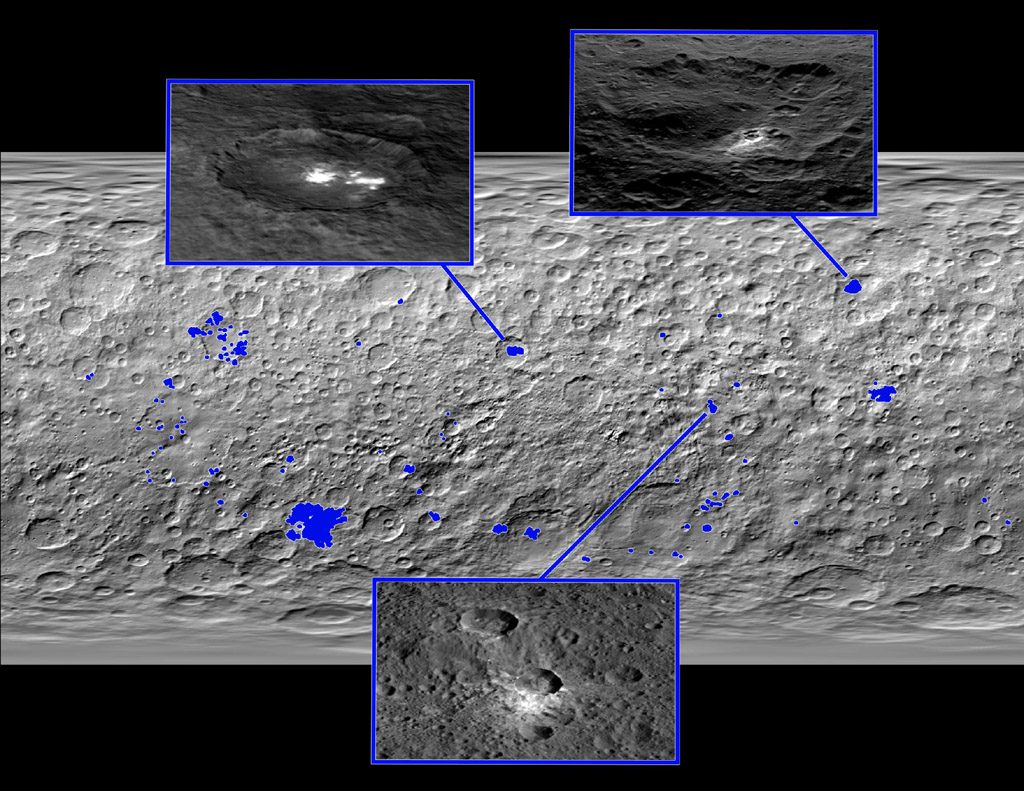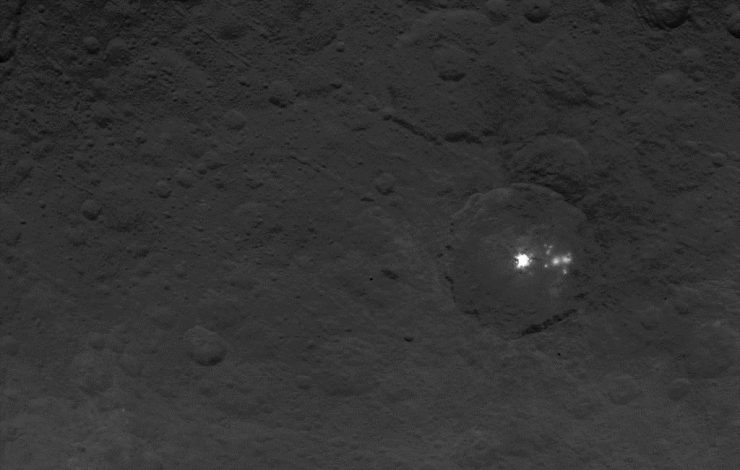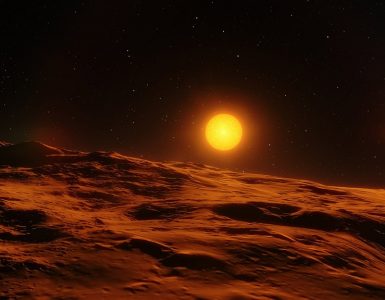The most notable feature of the Dwarf planet Ceres is a bright spot within its central area of the Occator crater. Information gathered by NASA’s Dawn spacecraft has revealed some intriguing information about those bright spots. These bright spots are some kind of formation consisting of reflective salts. The formation is dome shaped and has been named Cerealia Facula. It has been discovered that Cerealia Facula is around 4 million years old, which is 30 million years younger than the Occator Crater.
Data was collected and analyzed using the framing camera and the visible and infrared mapping spectrometer onboard the Dawn spacecraft. Andreas Nathues at the Max Planck Institute for Solar System Research (MPS) in Gottingen led the research.

The bright shiny formation is salty by nature and is believed to be a later addition to the crater. And it might have formed over time rather than in one go. The process might have started during the massive impact that created the Occator crater. The impact may have caused briny liquid to escape to the surface. A vent system was created as methane and carbon dioxide rose to the surface. It is possible that these gases also forced carbon rich materials up on the surface which eventually formed the domed structure over time. smaller bright areas of Occator, called Vinalia Faculae, are comprised of a mixture of carbonates and dark material.
“The age and appearance of the material surrounding the bright dome indicate that Cerealia Facula was formed by a recurring, eruptive process, which also hurled material into more outward regions of the central pit”, says Andreas Nathues.
(Writing by Ananya Dutta; Editing by Mohith Agadi and Zainab Asif)





















